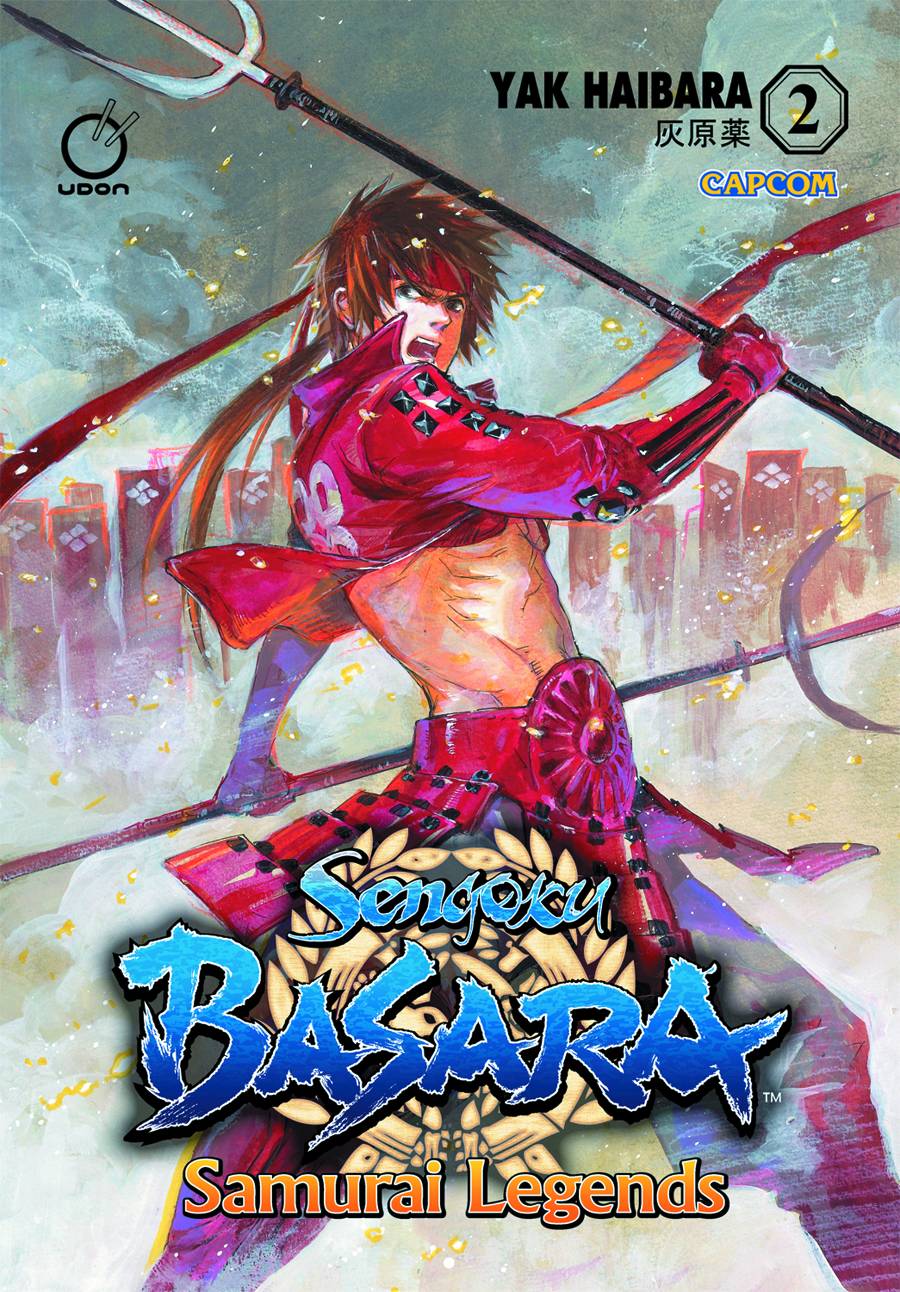My News and Reviews I posted two reviews here at Experiments in Manga last week. The honor of the first in-depth manga review for December goes to Yoshikazu Yasuhiko's Mobile Suit Gundam: The …
Continue Reading about My Week in Manga: December 2-December 8, 2013 →

